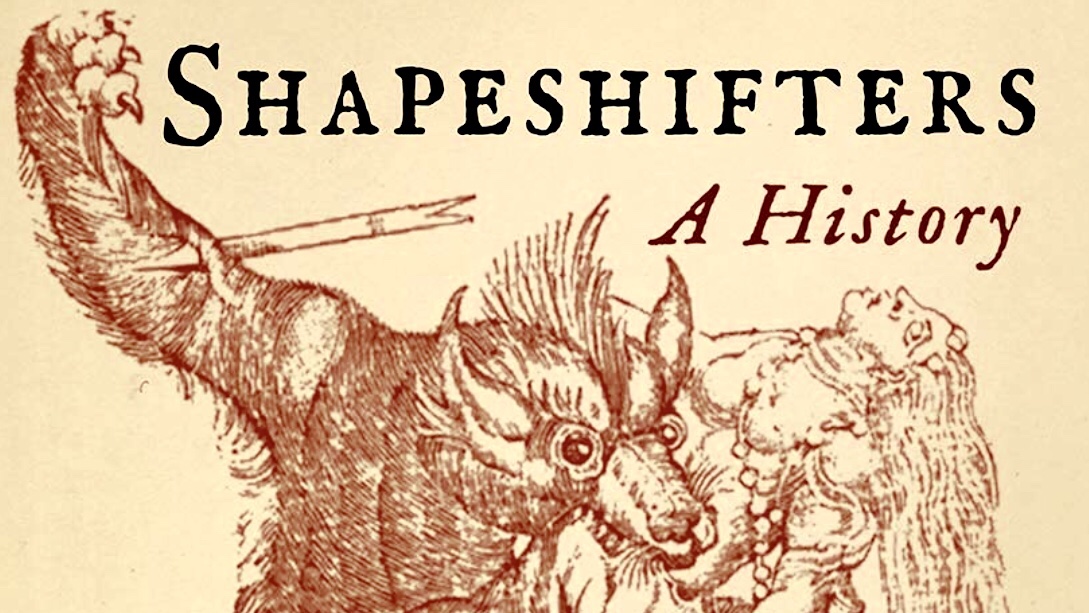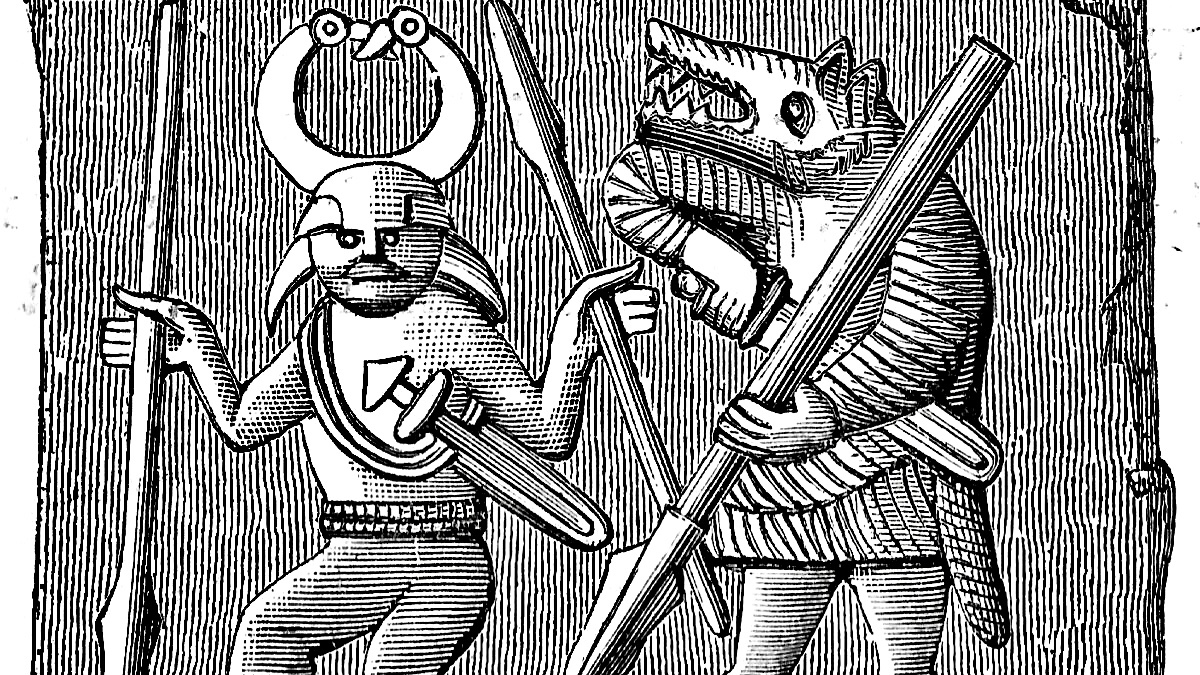Werewolves: The Occult Truth
By Konstantinos

The book seems to be out of print and was originally published by Llewelyn, but it’s been on my “to buy” list for years.
I was pleased to discover that author, photographer and musician Katie Metcalfe had done a review 8 years ago in her blog Wyrd Words and Effigies
You can also read the intro & first chapter here
From the publisher
“How does one become-or kill-a werewolf? Where do our modern shape-shifting stories come from? Are werewolves real? The truth is much stranger than fiction. “Werewolves” investigates the centuries-old myths and compelling evidence surrounding these enigmatic beasts of literary fame. It explores four types of werewolves – involuntary, voluntary, other-dimensional beings, and astral-plus Native American beliefs, ancient legends from cultures worldwide, true stories of sightings, and scientific theories. From shamanistic practices and curses to drug-induced hallucinations and serial-killer werewolves, this book will tantalize readers. It also includes authentic rituals for werewolf transformation!”
From Wikipedia
“Konstantinos is the name of a practicing occultist and neopagan (born 1972), and the author of seven spiritual and occult books on nocturnal witchcraft, all published by Llewellyn Worldwide. Konstantinos has a bachelor’s degree in English and technical writing. He lives in New York.”
https://en.m.wikipedia.org/wiki/Konstantinos_(occultist)
Official site
http://www.konstantinos.com/bookkonstantinos.htm
The book is available here
UK- https://www.amazon.co.uk/dp/0738721603/




